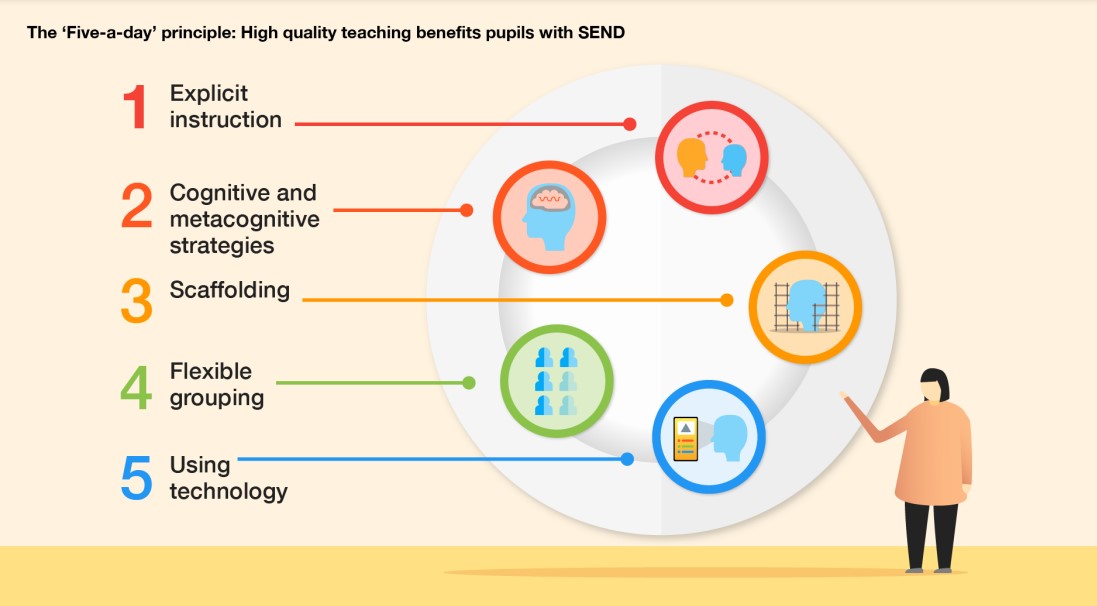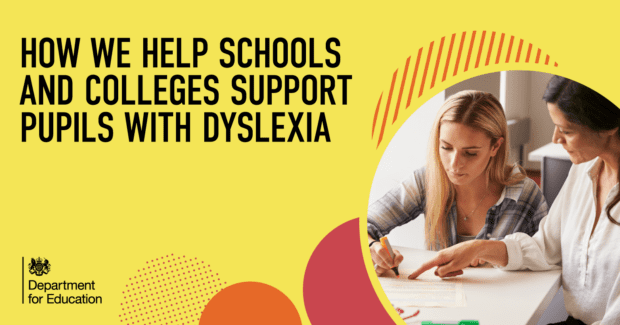Dyslexia
Supporting dyslexia in the classroom
Teaching pupils with dyslexia across settings is challenging. It is essential to help teachers provide reasonable and practical adjustments in all classroom settings. Adjustments should be part of everyday classroom practice and provide a scaffold to support a range of pupils with additional needs. With the proper support from teachers and the use of technology, simple changes can make a big difference to the dyslexic pupil. Technology is an important tool that can be used to support pupils with dyslexia in reading and writing; however, dyslexia manifests itself differently among children.
Meeting the range of needs presented by a class of children is undoubtedly a challenging task. However, research suggests that there are approaches that teachers can employ to support learning and improve outcomes for all pupils, including those with Special Educational Needs.
The evidence that informed the Education endowment foundation ‘Special Education Needs in Mainstream Schools’ guidance report indicated that there are five particular approaches that can be integrated into day-to-day teaching practice to raise attainment among children with additional needs and their classmates. This ‘Five-a-day’ is already part of most teachers’ practice (or can be relatively easily added), meaning that small tweaks could make a significant positive difference for all pupils.
The DFE states -
'It is critical that children experiencing Special Educational Needs and Disabilities (SEND) get the right support – so their needs are identified and met at an early stage.
Dyslexia is a Specific Learning Difficulty that primarily affects the skills involved in accurate and fluent reading and spelling.
The DFE has measures in place to identify pupils facing challenges with reading and literacy and to help teachers understand how to support them. The SEND Code of Practice is clear that meeting the needs of pupils with dyslexia does not require a diagnostic label or test. Instead, we expect teachers to monitor the progress of pupils and put support in place where needed.'



